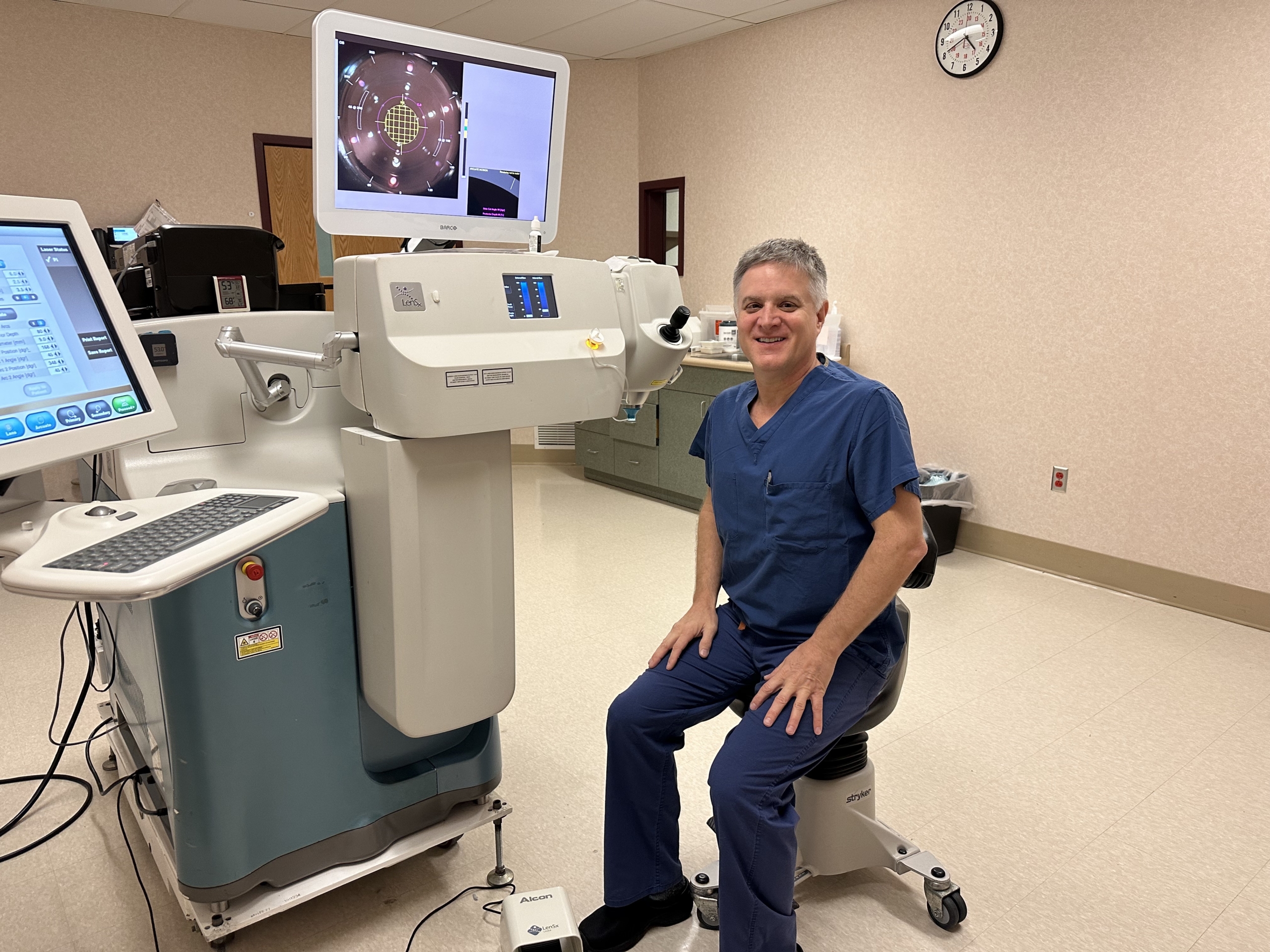
Keys to Cataract Surgery After LASIK
Introduction:
Advancements in ophthalmology, particularly LASIK (Laser-Assisted In Situ Keratomileusis), have enabled countless individuals to regain clear vision by correcting refractive errors like myopia (nearsightedness), hyperopia (farsightedness), and astigmatism. However, as people age, cataracts may develop, necessitating cataract surgery. Fortunately, cataract surgery after LASIK is a safe and viable option. It is crucial to inform the surgeon about any previous LASIK procedures to ensure accurate lens implant calculations. Here are a few key points to remember:
No Increased Risk of Complications:
Cataract surgery after LASIK does not carry an inherent higher risk of complications. Both LASIK and cataract surgery are well-established and successful procedures, performed by skilled ophthalmologists. However, it is essential for the surgeon to be aware of any prior LASIK surgeries to determine the correct intraocular lens (IOL) power accurately.
Incorporating LASIK in Lens Implant Calculations:
A challenge with cataract surgery after LASIK is accurately determining the appropriate IOL power. LASIK reshapes the cornea to correct refractive errors, altering the eye’s optical properties. Conventional IOL power calculation formulas may not provide precise results for those who have undergone LASIK. To overcome this, specialized formulas have been developed that consider the pre-existing corneal changes from LASIK, leading to more accurate calculations and improved outcomes. It is important to know if you have had myopic or hyperopia LASIK. If you don’t know what type of LASIK you had, the surgeon should be able to perform testing to help determine this. This is one reason why having a surgeon who is familiar with LASIK perform your cataract surgery is very important.
Communication with the Surgeon:
Patients considering cataract surgery after LASIK should proactively communicate their LASIK history to their cataract surgeon. Since LASIK procedures may have occurred years ago, this information might not be readily available in medical records. Also, in examining your eye, the LASIK surgery may not be readily apparent without specialized equipment. Providing this information ensures accurate calculations and increases the likelihood of a successful outcome.
Conclusion:
Cataract surgery after LASIK is a safe and effective option for restoring clear vision. There is no increased risk of complications associated with the two procedures. By communicating past LASIK surgeries to the cataract surgeon, you will have a better surgical outcome. If possible, having the same surgeon that performed your LASIK surgery also perform your cataract surgery would be beneficial. These are just a few keys to successful cataract surgery after LASIK.
https://www.erielasereye.com/our-services/cataract-surgery-with-dr-haverly/
https://www.aao.org/eye-health/ask-ophthalmologist-q/how-does-previous-lasik-affect-cataract-surgery

